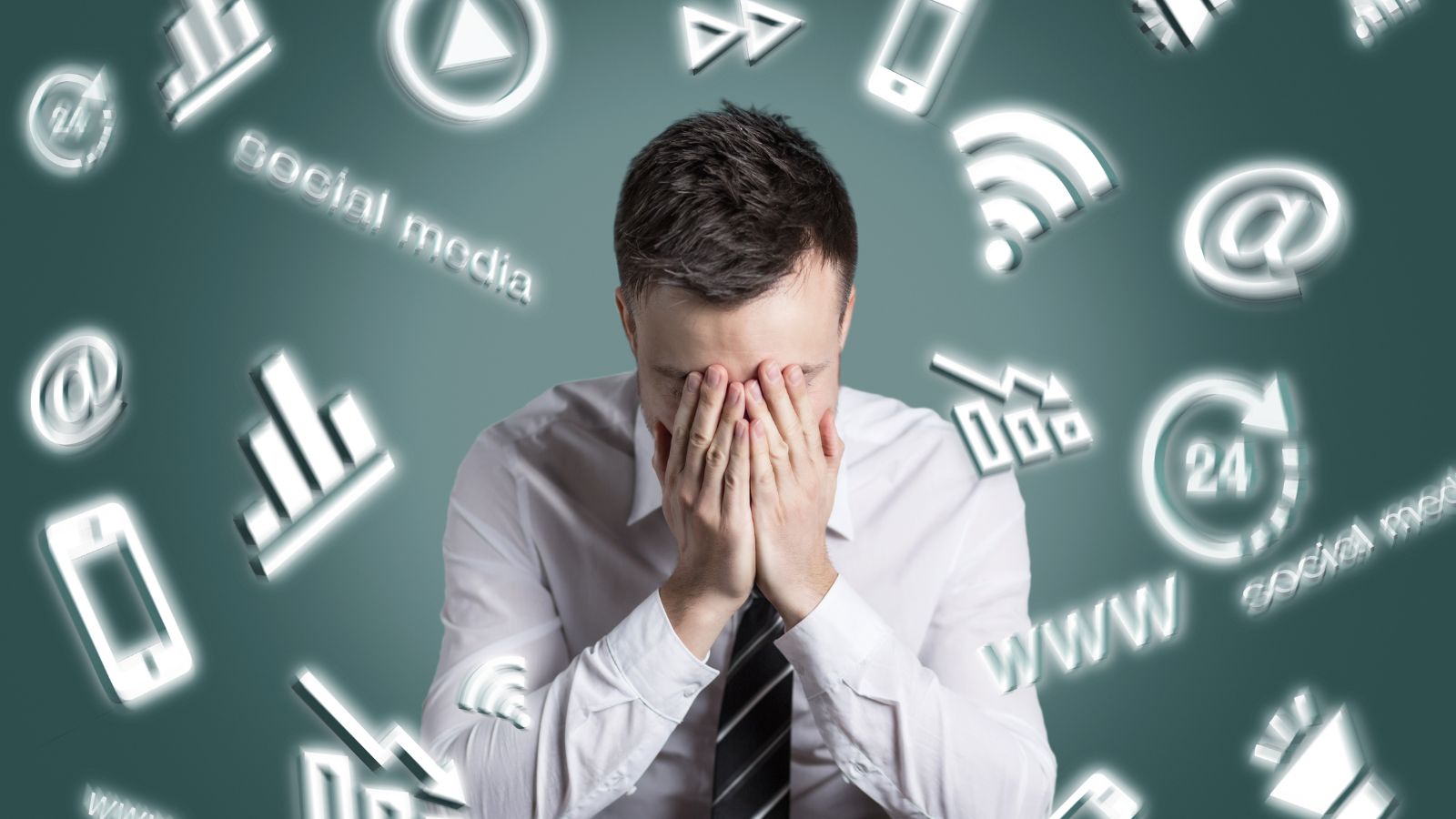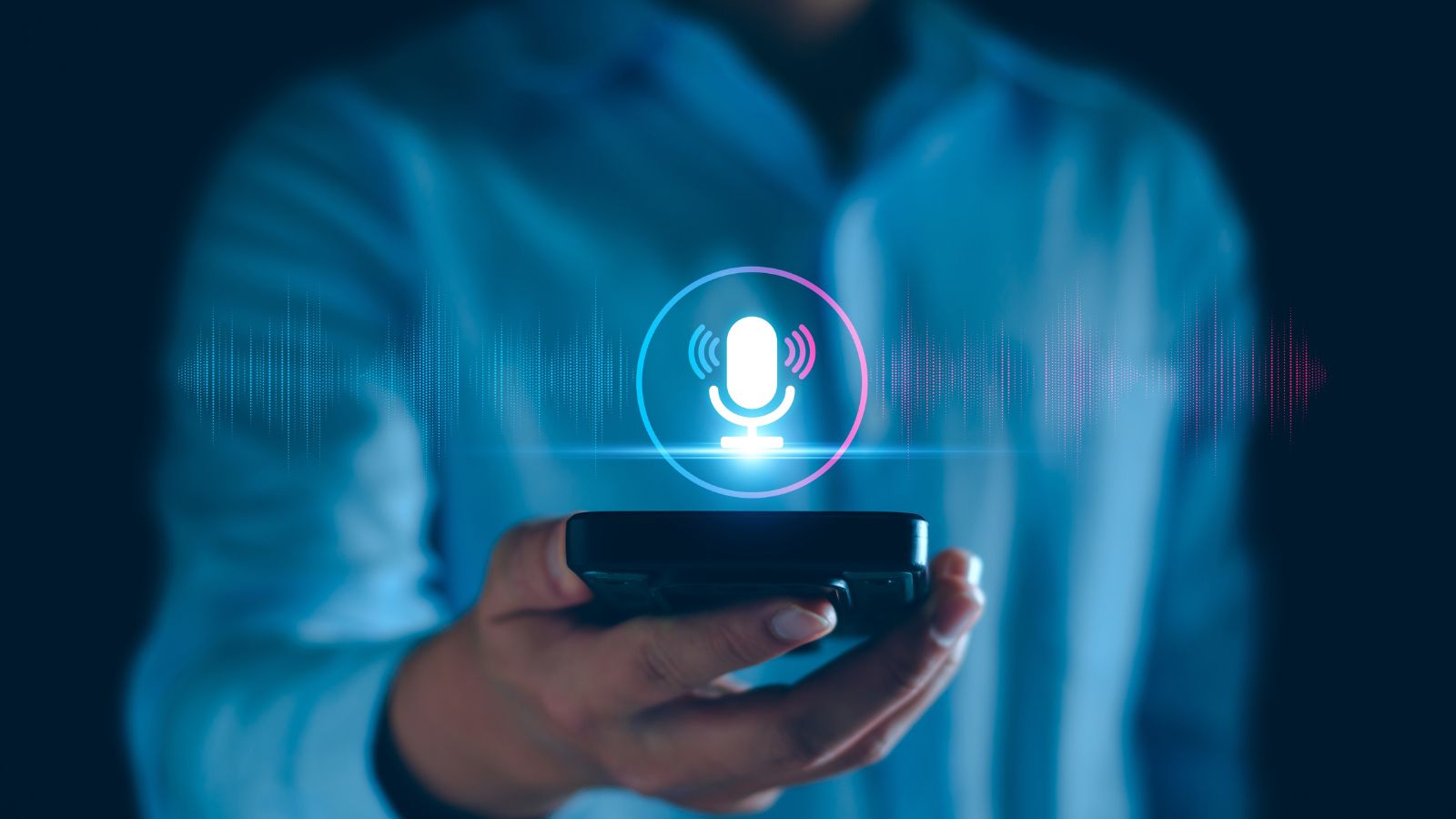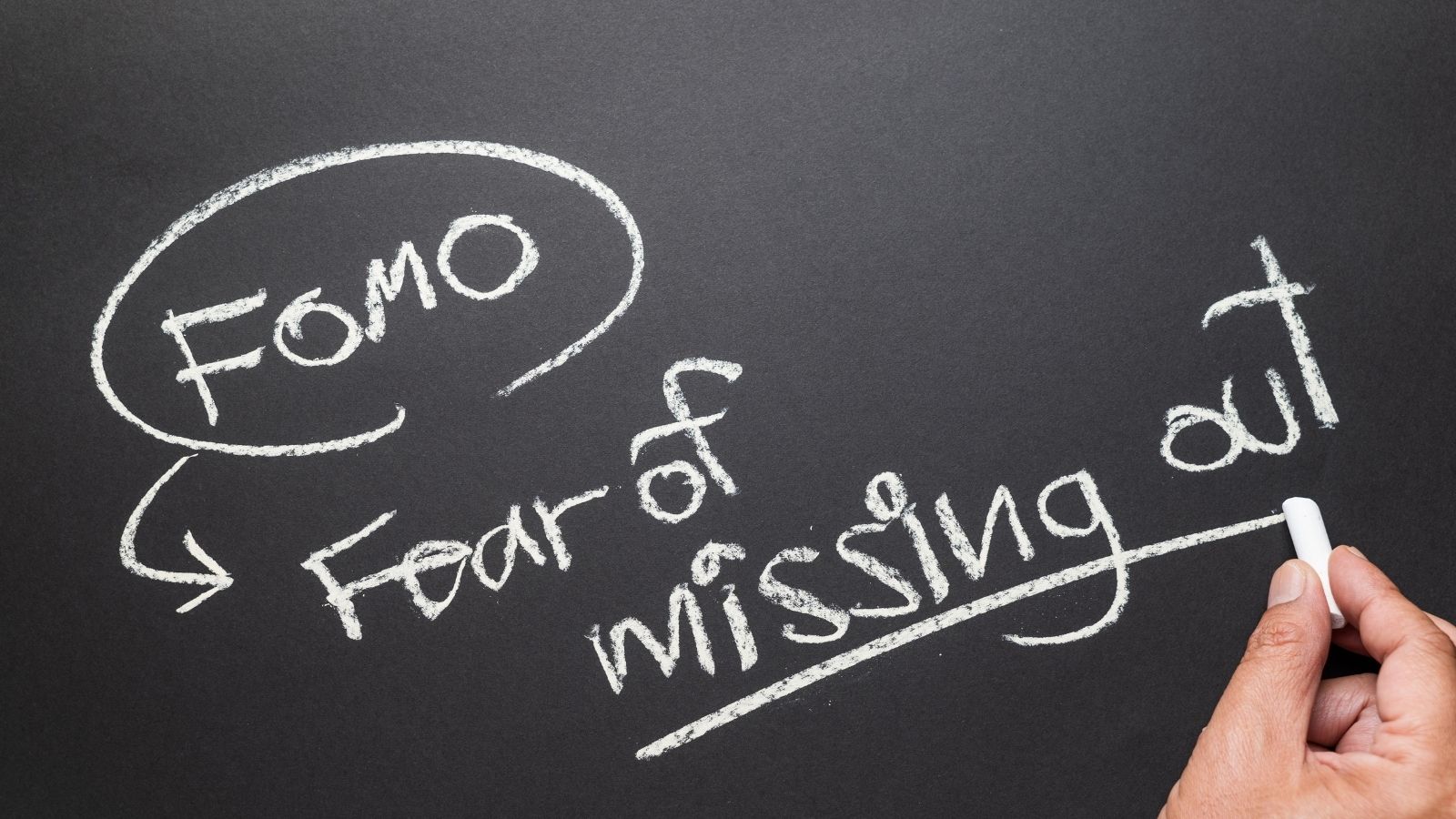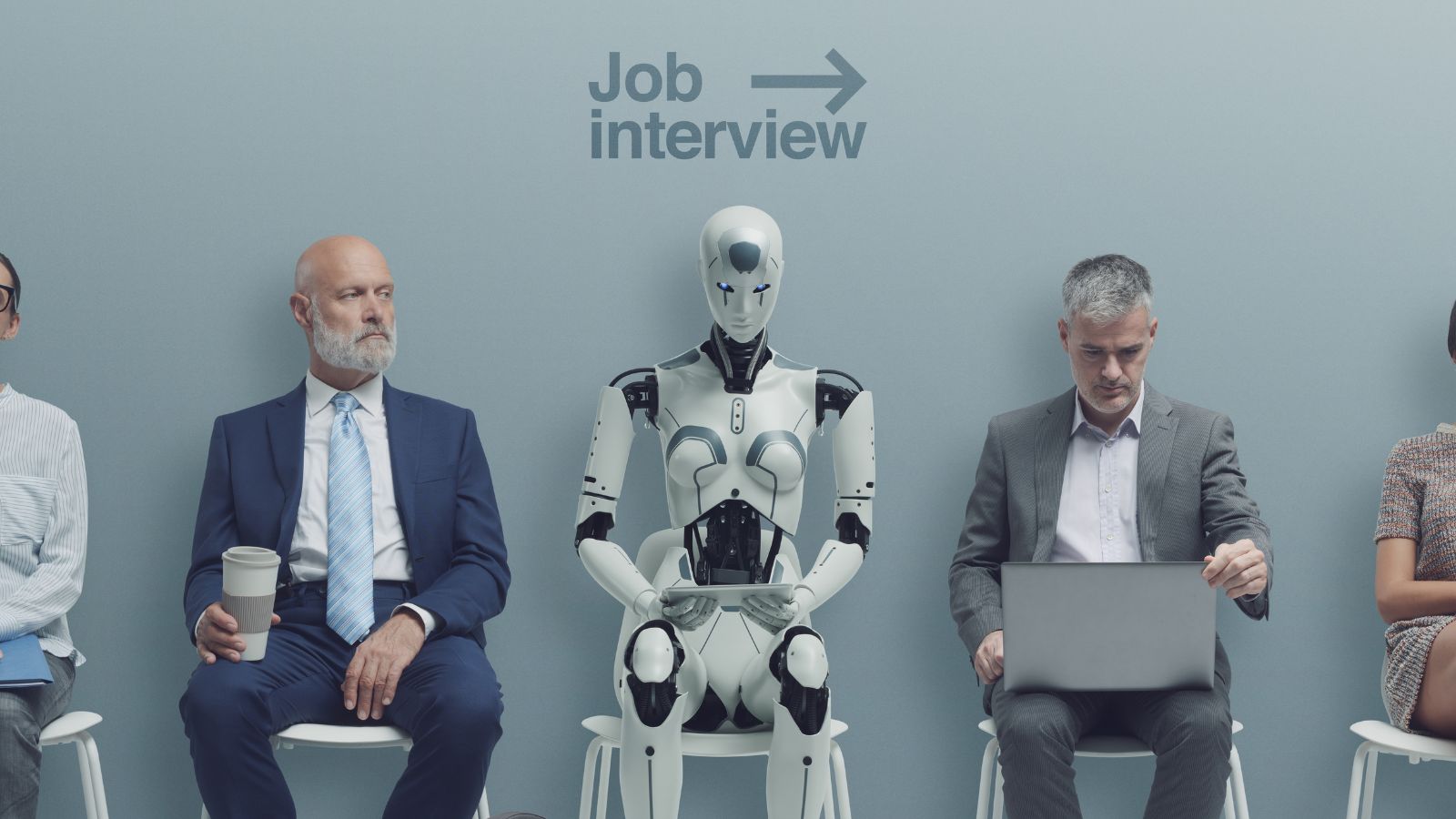Over the past two decades, technology has improved the working standards. It has brought significant changes in procedures, making them quicker and more efficient. However, it also comes with some unforeseen disadvantages, but the advantages still outweigh them. More employees are now experiencing increased stress and fatigue levels because of the increasing implementation of technology systems at the workplace. From messages that always have to be replied instantly to expectations of achieving ever more in less time, work has become a routine and a burden instead of a part of people’s lives. Here, we will disclose 19 shocking ways technology is fueling workplace burnout and why it is vital to tackle it.
Constant Connectivity

Smartphones and laptops make employees available, often after working hours. This leads to stress and fatigue as employees feel compelled to respond to work emails and messages even after working hours.
Blurred Boundaries

Remote work, especially post-pandemic, has disrupted work-life balance, or rather, it has left no distinction between personal and work life. Due to technology, employees feel they cannot leave work behind as soon as they finish; hence, they work endlessly, which fuels their burnout.
Endless Notifications

Sirens and beeping sounds wail out notifications for emails, chat apps, and reminders about tasks on hand. These many interruptions prevent work from progressing and create a vicious circle of stress and low work effectiveness.
Unrealistic Expectations

With the continued use of advanced technologies to complete tasks more efficiently, performance has been accelerated, and expectations have been set high. Formerly, it was easier for the employees to work and get their tasks done steadily, but now, the rate at which tasks are expected to be completed has made the jobs more complex and stressful.
Digital Overload

Employees are busy switching from one software and application to another to accomplish their tasks. The pressure of managing so many platforms makes people very tired and burnt out.
Sleep Loss Caused by Blue Light

The level of exposure to television, laptops, or computers at night interferes with the natural timing of sleep. The blue light from phones and computers suppresses the body clock, making people sleep poorly and feel exhausted.
Lack of Breaks

Technology allows work without interruptions; thus, it is possible to forget about taking a break. That is why employees who work continuously get mentally exhausted quickly, leading to burnout.
More Specialized Supervisory Effort

Most organizations have implemented software programs to manage the performance of their employees. Such vigilance could make employees feel they are being followed and probably spied upon, increasing stress and anxiety.
Zoom Fatigue

Video conferencing has become apparent, but it can drain you mentally when you have to be present for multiple video conferences. The obligation to remain active and keep formal looks on camera adds stress.
Reliance on Technical Assistance

The reliance on tech assistance is such that productivity gains an excuse to sit idle when something goes wrong. There is always an expectation to wait for IT professionals to attend to the problems hindering productivity and worsening tight schedules.
Longer Working Hours

Flexibility due to technology tends to make work continue late into the night, hence longer working hours. In the past, humans were required to complete work 8 hours a day. It takes over ten or more hours a day, implying a fatigue rate.
Information Overload

Internet availability enables employees to access as much information as they can imagine. It may be beneficial, but it is quite overwhelming. Sorting too much information is time-consuming and puts additional pressure on the brain.
Lack of Personal Interaction

This means communication, which used to be done in person, is now handled electronically and digitally. Human interaction is completely missing in most of these transactions and hinders the human aspect of colleagues and friends; hence, employees feel emotionally drained.
Fear of Missing Out (FOMO)

Since apps and operating systems are updated frequently, employees believe they must monitor work messages more often. This fear of missing out on important messages brings unnecessary pressure.
Instant Messaging

In instant messaging systems, people have developed a culture of being responded to shortly. They believe responding to messages quickly is of utmost importance, including in personal time, leading to increased stress levels.
Lack of Physical Activity

Most employees spend long hours in front of a desk or laptop, leaving little or no time to exercise. A lack of movement can aggravate fatigue, affect physical health, and cause burnout.
Competing with AI

Employees feel threatened by these intelligent instruments, which has led to more competition due to the new technologies introduced in the market by AI. This concern can force workers to work harder to be useful, leading to stress.
Multitasking Demand

Thanks to technology, multitasking is easy. However, multitasking can disrupt productivity by sacrificing quality over quantity and enhancing cognitive load, which results in the depletion of efficient working capacity and burnout.
Job Insecurity

Jobs are becoming obsolete at a fast pace due to advancements in technology. Fear of being displaced by a newer tool causes anxiety in the workforce, apart from having to learn new things all the time, which is mentally stressful and fueling burnout.
Conclusion

We can see that as much as technology has eased work in several ways, it has also entailed certain negative impacts. Staying connected, receiving notifications, setting up high unattainable expectations, and experiencing work overload are just some of how technology acts as a source of burnout.
